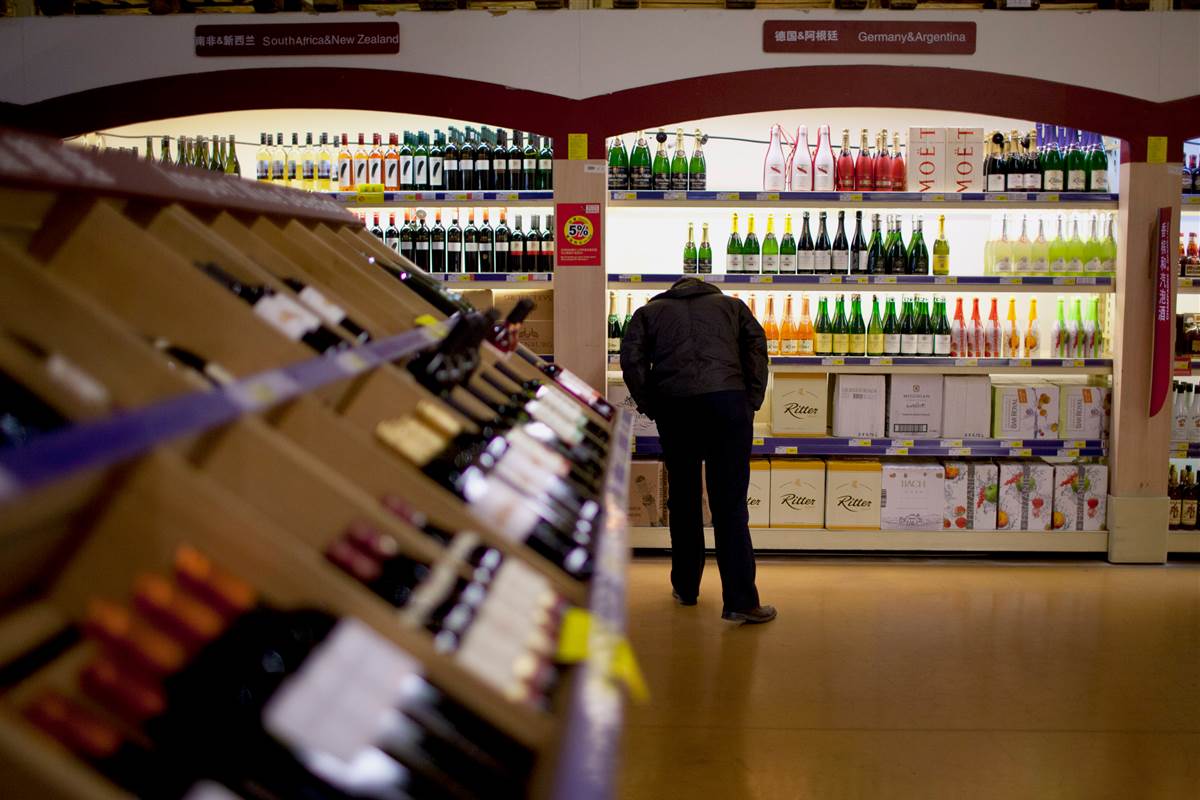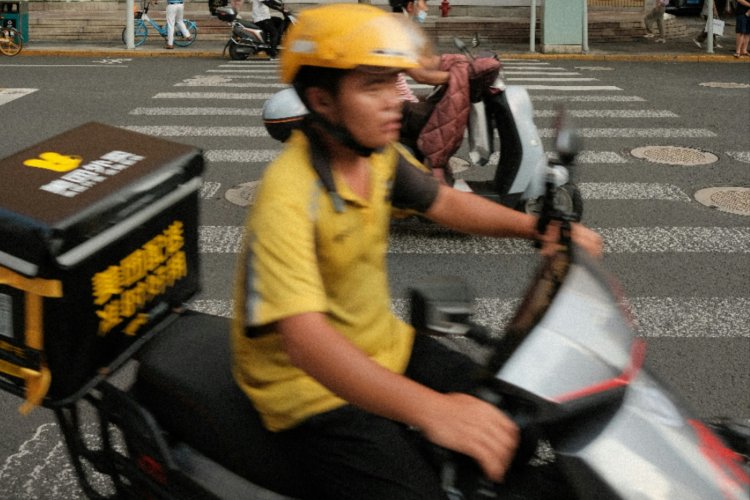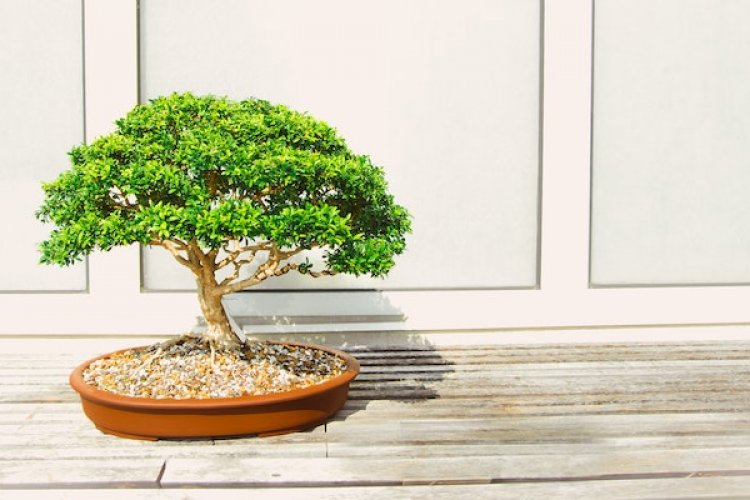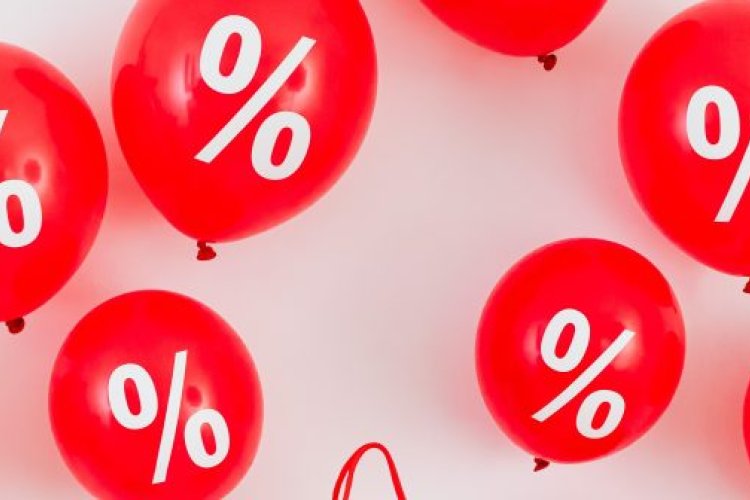Highway Robbery: The Prices We Pay for a Taste of Home
I think we all go through a phase of wanting to learn some of the staple dishes our parents made. It is in a way your responsibility as someones’ child to maintain these culinary traditions, and pass them on to your brood when the time is right. However, in China this simple act of culinary ethnography comes at a price. At the end of cooking a delicious dish from your homeland, you start to calculate the cost and realize that you probably could have purchased a veritable feast at just about any Chinese restaurant in the vicinity.
Many of our imported goods, for example, things that would usually be considered a staple for us in our mother countries, can be grossly overpriced in the markets of Beijing. The source of these woes can be summed up in the fact that much of what we like and hold dear to our hearts from our native lands would be considered unusual here. Some imports from abroad like whiskey, butter, and even ketchup are now staple items in most households and maintain a reasonable cost, though things like quinoa, maple syrup, and even self-care products like sunscreen have an amazing price tag.
Sometimes these price-gouging techniques are understandable as it is never cheap or easy to ship bulky items in mass abroad, and the taxes on some of these goods must be unbelievable. We decided to do a little round-up of some of these products, so that you can quickly see how much these items are being marked up, along with a couple of tips on how you can get around these steep prices with some locally sourced options, or through going down the rabbit hole of e-commerce.

Chef Paul Prudhomme’s Magic Seasoning (RMB 180, USD 28.64)
For imported spices, especially from the US, be prepared to pay big time. First of all, I would have never expected to see this in a Beijing grocery store aisle, but even more that it would be priced at a staggering RMB 180. Who buys this stuff? This is actually funny for me because I was born in Louisiana, and this guy would be on TV teaching everyone how much “cayenne peppah” they need to be blanketing on their red snapper. Gauging by the amount of dust collecting on this box, this isn’t really a big seller. Maybe that’s because it costs only USD 12 from his posthumously-made website.
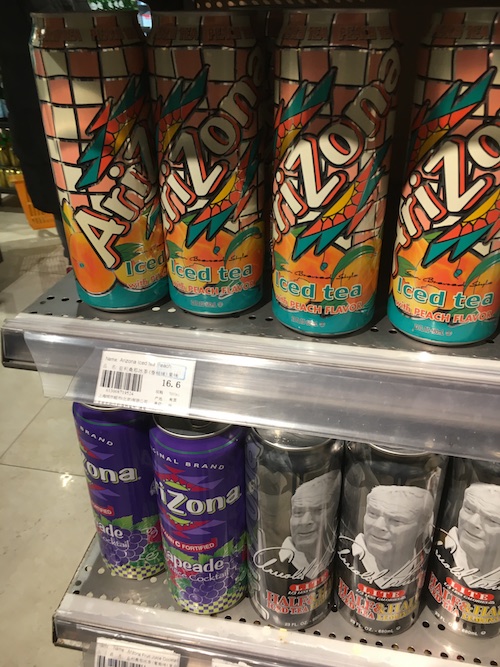
Arizona Ice Tea (RMB 16.6, USD 2.64)
Any convenience store of repute will have it, and it will always cost you ninety-nine cents. The price is even printed on the can. We know that this isn’t the most health-conscious drink on the market, but sometimes it feels good to drop four quarters at the register, get a penny back, and then immediately chug your way through a sugary Arnold Palmer (aka lemonade and ice tea mixture). Does RMB 16.6 sound like a reasonable price for a sweet tea drink to you? That’s double the price! We get that some people will pay the cost, but we will pass, out of principle.
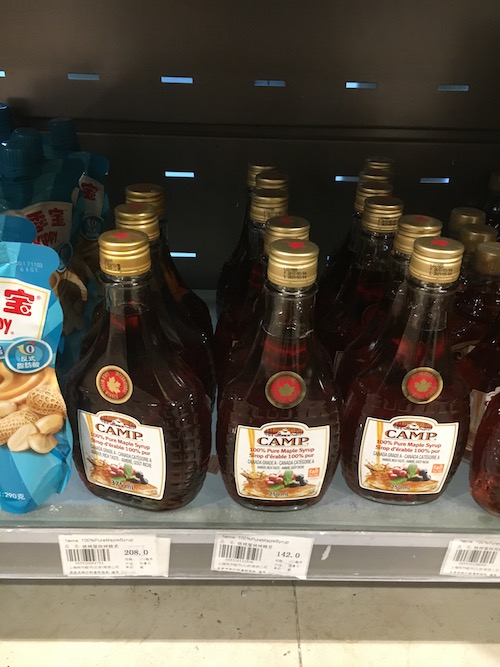
Camp Maple Syrup (RMB 140-200, USD 22.26-31.8)
This is probably the most widely available maple syrup you can find in Beijing. It’s at just about every April Gourmet or Jenny Lou’s in the city, and it always costs in the ballpark of RMB 140-200, depending on the size of bottle you buy. In the states, you can find a decent bottle of Grade A maple syrup for around USD 10-15. If you have kids that drench their waffles and pancakes in the stuff, you might want to consider a bottle of the generic, cheap syrup that’s likely factory produced and loaded with high-fructose corn syrup. After all, it’s not worth bankrupting yourself over your weekend pancake ritual.
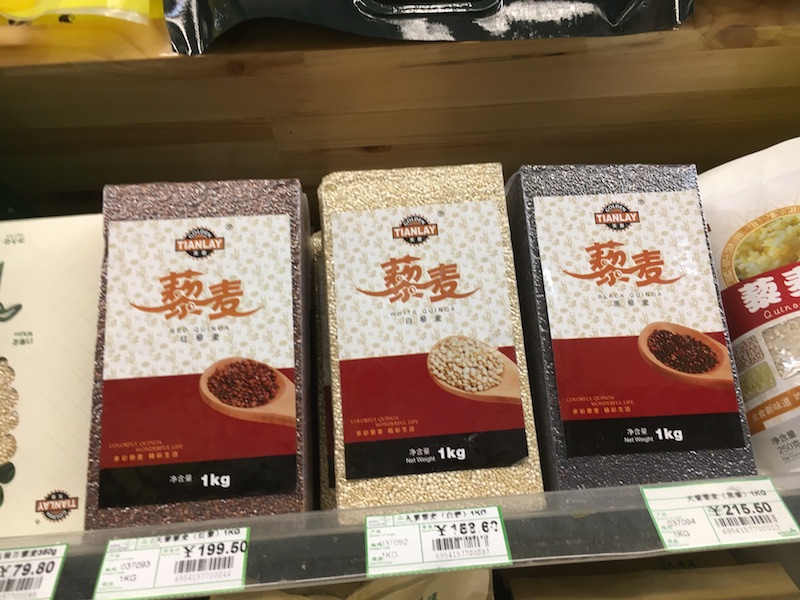
Tianlay Quinoa (RMB 158-215, USD 25-34)
Wherever yuppies can be found, so can this ubiquitous grain usually placed somewhere between couscous and brown rice or lentils. It is well known that quinoa isn’t cheap, along with the positive and negative impacts it has had on the indigenous people of Peru, as hipster palates are pricing them out of their local grain. I think it’s OK to throw the possibility of indulging in this specialty out of the window, as most of us can agree that RMB 158 is way too much money to be spending on this bland superfood.
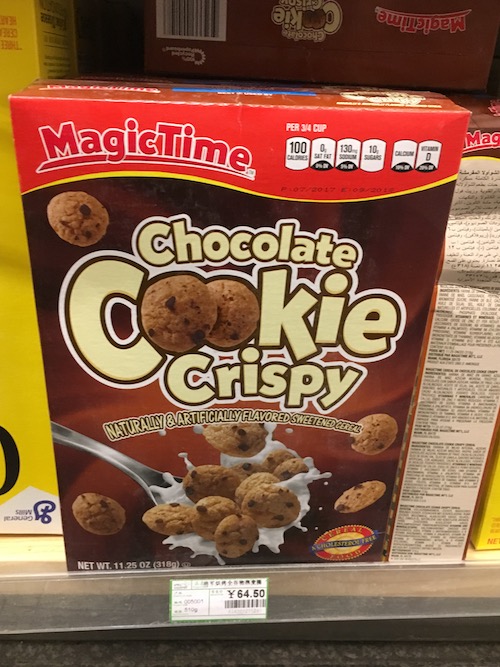
Chocolate Cookie Crispy, AKA Cookie Crisp (RMB 64.50, USD 10.25)
Nobody in their right mind should be spending this kind of mullah on a breakfast item with so little nutritional value. Take a couple of steps to the left or right in the breakfast food aisle and grab yourself a bag of muesli or oatmeal. Though also not cheap, it is far more healthy, and won’t leave you with a sugar crash upon arriving at the office or in the classroom.

Planters Deluxe Mixed Nuts (RMB 185, but on sale for RMB 135, USD 29/21)
We know why they were selling it for RMB 50 less than it was originally listed for. Nobody was buying! Planters aren’t really the pinnacle of a nutter’s snacking habits. Another thing that you have to remember, we live in a country that has such an extensive nut culture. Pretty much any major shopping area has a store with sunflower seeds, almonds, cashews, and more on the cheap and in multiple flavors. Lately, we’ve been ordering almonds from Xinjiang. These need to be shelled but are generously sized and a cheap alternative to the Planters Nuts corporation and their creepy monocle-wearing peanut mascot.
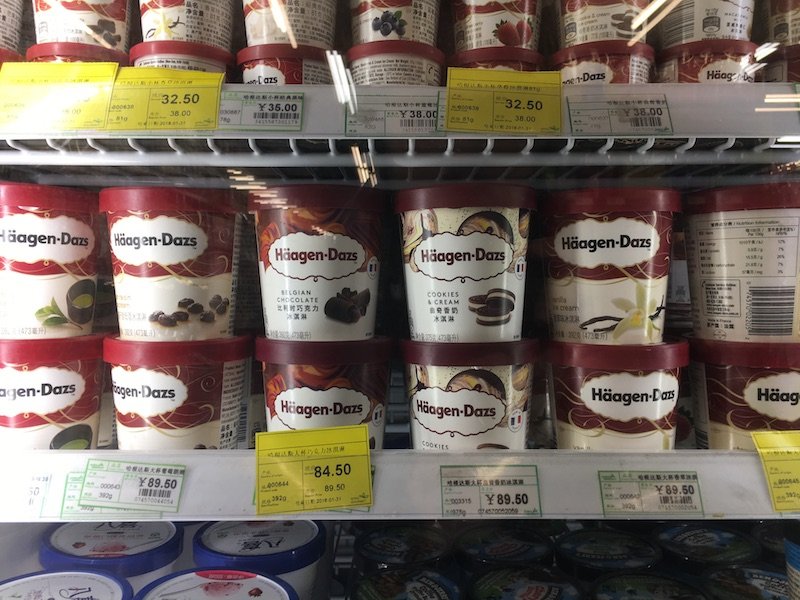
Pint of Häagen-Dazs Ice Cream (RMB 89.50, USD 14.20)
Finally, we look at ice cream. We don’t even like Häagen-Dazs that much, but we guess that it is maybe the most popular imported brand of ice cream that’s currently available in China. We would like to note that just below these pints were the Ben & Jerry’s that are in our humble opinion far superior and a good RMB 20 cheaper. Still not cheap, but will be a far more satisfying way to expand your waistline while watching Friends reruns. Even if you go to Cow’s Creamery, you can expect to spend in the ballpark of RMB 50 for two scoops in a cup. It looks like we’ll be sticking to our Magnum Bars from the xiaomaibu for the foreseeable future, unless the dairy industry of Inner Mongolia starts to up their ice cream game.
This article originally appeared on our sister site beijingkids.
Photos: nbcnews.com, Kipp Whittaker

